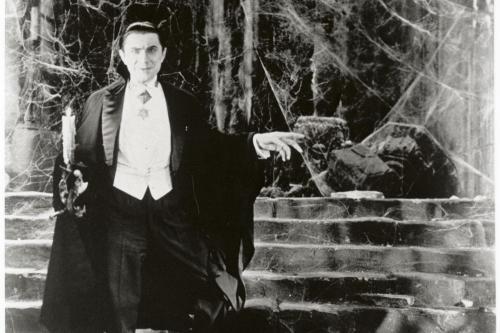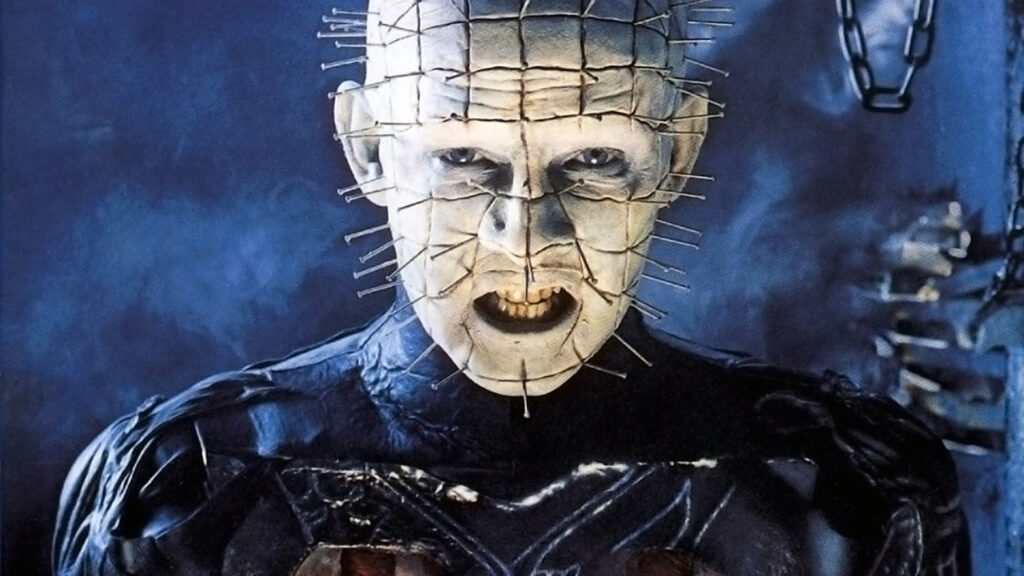
Horror movies have a special place in the hearts of moviegoers, and their most iconic characters have become legendary figures in pop culture. From vampires to werewolves and everything in between, classic horror icons have terrified audiences for generations. These characters are more than just fictional beings; they have transcended their movies to become a part of our cultural lexicon.
In this blog post, we’ll explore some of the most famous classic horror icons, the stories that made them famous, and their enduring legacy. So, grab some popcorn, turn down the lights, and join us as we dive into the world of classic horror icons.
Top Ten Classic Horror Icons
- Dracula: The quintessential vampire created by Bram Stoker in his 1897 novel of the same name, Dracula has been portrayed countless times on screen, with Bela Lugosi’s 1931 performance becoming the most iconic.
- Frankenstein’s Monster: Mary Shelley’s 1818 novel, Frankenstein, or The Modern Prometheus, introduced the world to the iconic monster that has been terrifying audiences since the early 1900s.
- The Wolf Man: The werewolf has been a staple of horror fiction for centuries, but it was Lon Chaney Jr.’s portrayal of The Wolf Man in the 1941 movie of the same name that cemented the character as a classic horror icon.
- The Mummy: The Mummy is another classic horror icon that has been around since the early days of cinema, with Boris Karloff’s portrayal in the 1932 film becoming the most famous.
- Dr. Jekyll and Mr. Hyde: Robert Louis Stevenson’s 1886 novella, Strange Case of Dr. Jekyll and Mr. Hyde, has inspired numerous adaptations over the years, with the most famous being the 1931 film starring Fredric March.
- The Phantom of the Opera: Gaston Leroux’s 1910 novel, The Phantom of the Opera, has been adapted into numerous films and stage productions, with Lon Chaney’s portrayal in the 1925 silent film being the most famous.
- The Creature from the Black Lagoon: The 1954 film, Creature from the Black Lagoon, introduced audiences to a new classic horror icon: a humanoid fish creature that has since become a beloved figure in the genre.
- Norman Bates: The main character of Robert Bloch’s 1959 novel, Psycho, Norman Bates is a complex and disturbing figure that has been brought to life on screen by actors such as Anthony Perkins and Freddie Highmore.
- Pinhead: The villain of Clive Barker’s 1986 novella, The Hellbound Heart, Pinhead is a demon that serves as the leader of the Cenobites, a group of sadomasochistic beings that prey on the living.
- Freddy Krueger: Wes Craven’s 1984 film, A Nightmare on Elm Street, introduced audiences to Freddy Krueger, a burned serial killer who haunts the dreams of teenagers. Robert Englund’s portrayal of Krueger in the original film and subsequent sequels has made the character a horror icon.

The Basic Elements of Classic Horror Icons
There are several elements that can contribute to making a classic horror icon. Here are some examples of each element:
- Memorable appearance: A classic horror icon often has a striking, memorable appearance that is instantly recognizable. For example, Dracula’s slicked-back hair, cape, and fangs, or Freddy Krueger’s burned face, striped sweater, and razor-sharp gloves.
- Supernatural abilities or powers: Many classic horror icons possess supernatural abilities or powers, such as Dracula’s ability to transform into a bat, or Frankenstein’s monster’s superhuman strength.
- A tragic backstory or sympathetic qualities: Some classic horror icons have a tragic backstory or possess qualities that make them sympathetic to audiences. For example, Frankenstein’s monster was created out of a desire for companionship, and The Phantom of the Opera is often portrayed as a tragic figure who longs for love and acceptance.
- A compelling story or mythology: A classic horror icon often has a compelling story or mythology that captivates audiences. For example, the legend of Dracula and the history of vampirism have been explored in countless movies, books, and TV shows.
- An iconic performance: Many classic horror icons are associated with iconic performances by actors who brought the character to life. For example, Boris Karloff’s portrayal of Frankenstein’s monster or Bela Lugosi’s performance as Dracula.
- Enduring popularity: A classic horror icon has stood the test of time and remained popular with audiences long after their original introduction. For example, Dracula, Frankenstein’s monster, and The Wolf Man continue to be popular figures in the horror genre nearly a century after they were first introduced.
These are just a few examples of the elements that can make a classic horror icon. In reality, it’s often a combination of these and other factors that come together to create a truly unforgettable character in the horror genre.
Creating a Memorable Horror Monster
Creating a memorable horror monster is no easy feat. It takes a lot of careful thought and consideration to create a creature that truly stands out and leaves a lasting impression on audiences. Here are some tips to help you make your horror monster more memorable:
- Unique appearance: Make sure your horror monster has a unique appearance that sets it apart from other creatures in the genre. Consider incorporating unusual physical characteristics or exaggerated features to make your monster more memorable.
- Flaws and imperfections: Monsters with flaws and imperfections can be more relatable to audiences, and therefore more memorable. Consider giving your monster a weakness or vulnerability that humanizes it and makes it more than just a mindless killing machine.
- Supernatural abilities: Give your monster supernatural abilities that are unique and memorable. This could be anything from the ability to shape-shift or control minds, to supernatural strength or speed.
- Backstory: Creating a backstory for your monster can add depth and complexity to the character, making it more memorable. Consider giving your monster a tragic or unusual backstory that helps to explain its motivations and behavior.
- Name and branding: Giving your monster a catchy name and branding can help it stand out and become more memorable. Consider using a name that is easy to remember and reflects the character’s personality or abilities.
- Iconic scene: An iconic scene can help cement your monster in the minds of audiences. Consider crafting a scene that is both memorable and terrifying, and that showcases your monster’s unique abilities or features.
By following these tips, you can create a horror monster that is truly unforgettable and leaves a lasting impression on audiences. Just remember, creating a classic horror icon takes time and effort, so don’t be afraid to experiment and try new things until you find what works for your creature.